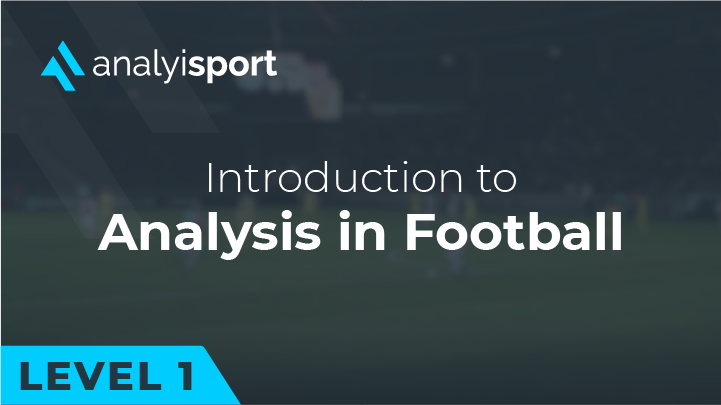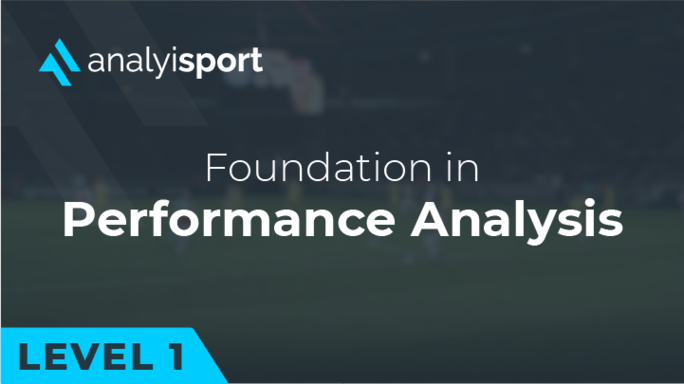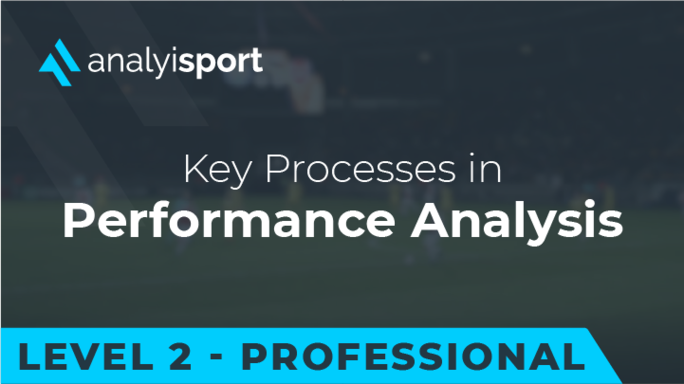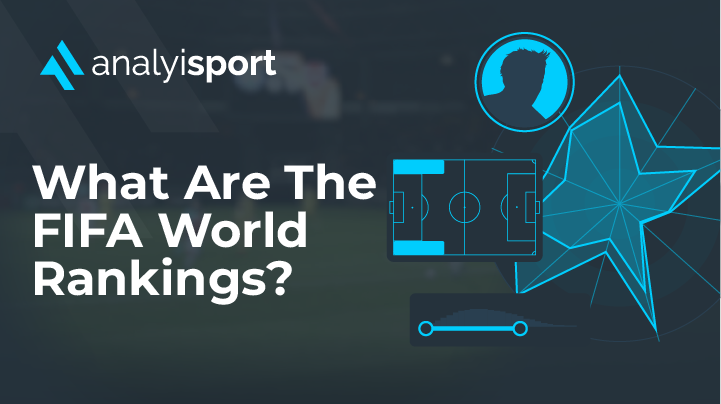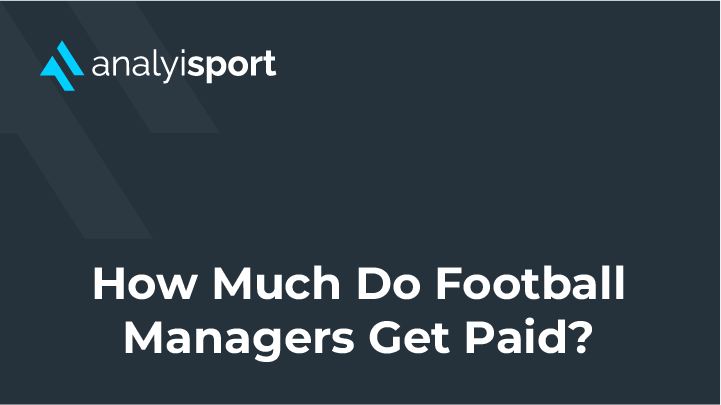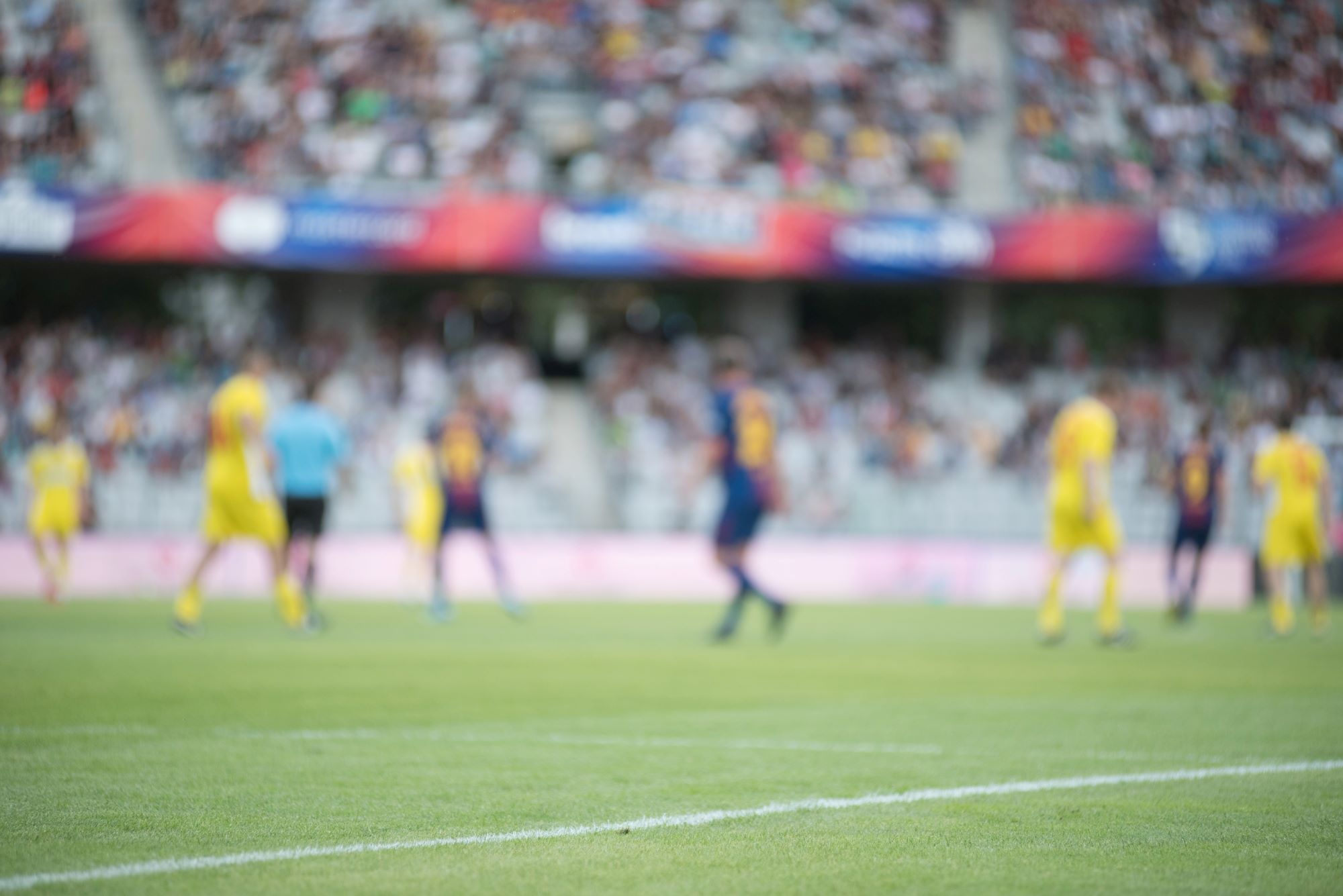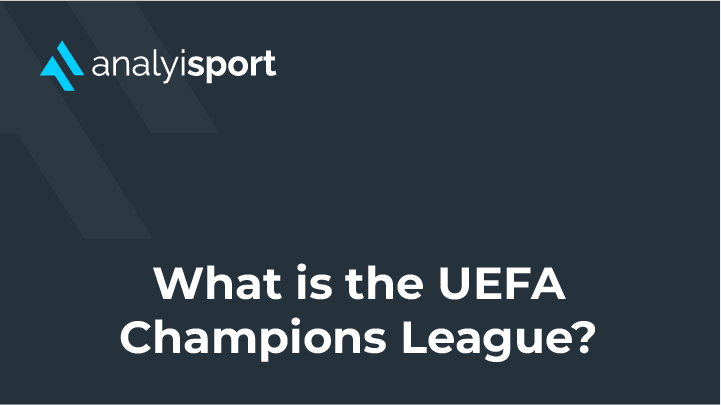What Does a Premier League Set-Piece Analyst Do?
What Does a Premier League Set-Piece Analyst Do?
Set-pieces matter. In the 2021-22 Premier League season, a total of 223 goals were scored from them. That’s over 20% of all goals scored.
Getting set-pieces right can make a big difference to how high up the league a team finishes. The teams that finished in the top two places at the end of the 21-22 season, Manchester City and Liverpool, were also first and second when it came to the number of set-piece goals.
In a league in which there are often fine margins between success and failure, teams are starting to hire set-piece analysts. Their expertise can improve a club’s ability to score goals from corners and free-kicks, gaining them extra points, and helping them to achieve a higher finish.
What a Set-Piece Analyst Does
A set-piece analyst uses a combination of data and video footage to study set-pieces. They will look at what their own team can do better to improve their set-piece routines and increase their chances of scoring. They will also look at how the team is defending set-pieces to make them more effective at dealing with threats.
Set-piece analysts will also study their opponents set-pieces to discover weaknesses that can be exploited and strengths that need to be defended against. The coaching team can then use this knowledge to better prepare the team for the upcoming game.
The analyst will code video footage of set-pieces from matches and training, maintaining databases of clips that can be easily searched to find relevant footage. They will use the video clips and relevant data to create reports for the coaching staff and players. These reports identify trends in the way the team is performing set-pieces and provide insights about what is working well and what needs to be improved.
The analyst works alongside the set-piece coach and other staff to present feedback to the players. They use telestration software to show different routines and strategies to the players, explaining to them what they need to do with a mixture of video clips and data visualisations such as graphs and heat maps.
What is the Difference Between a Set-Piece Analyst and a Set-Piece Coach?
As well as a rise in clubs hiring set-piece analysts, clubs are also hiring set-piece coaches. Tottenham Hotspur have hired the renowned Gianni Vio, who has worked with the Italian national team, Arsenal have Nicolas Jover, and Liverpool have been working with throw-in coach Thomas Grønnemark. It’s part of a trend towards greater specialisation among backroom staff.
But what’s the difference between a set-piece analyst and a set-piece coach?
A set-piece coach focuses on working with the players, creating drills that help them to learn new routines, teaching them techniques to improve their delivery of the ball, and showing them how to find space in the box. In contrast, a set-piece analyst will spend time studying a team’s set-pieces, finding out their strengths and weaknesses, before presenting this information to the coaches and players.
However, there are similarities. Both are interested in looking closely at set-pieces and the little details that can make a difference. Grønnemark, who has worked in other sports, noticed they were “light years ahead of football in regards to data, analysis, being innovative.” He speaks with data analysts at the clubs he works for to gather information and combines throw-in coaching on the training pitch with video analysis of a team’s throw-ins . Chelsea’s first team coach and set-piece specialist Anthony Barry has looked in detail at over 16,000 different throw-ins as part of research into what makes a successful throw-in.
How Set Piece Analysts Work with the Set Piece Coach
In the Premier League, coaching benefits from the expertise of analysts who can study video and data and interpret the information they see. Set-piece analysts provide insights that help the coach to improve their set-piece strategies.
Chelsea’s goalkeeper Marcus Bettinelli has spoken about set-piece training at the London club and the work done by Barry. “It all depends on the opposition,” he said. “There will be teams who do different set-ups and are vulnerable in certain areas. Anthony’s expertise is looking at that with the analysis guys and seeing where we can find an edge.”
Because they’re both focused on the same area, the relationship between a set-piece analyst and a set-piece coach has to be a close one. They need to share ideas and collaborate if the team is to see a significant improvement in their set-pieces.
Watching video clips and looking at data together helps them to discuss in detail how the team’s set-pieces could be improved. The analyst can also aid the coach by providing clips and data to help them explain a routine to the players.
“You have to watch the last 50 corners you have faced with a specific player standing in a certain position, then you can give that player feedback,” set-piece analyst and coach Mads Buttgereit has told SkySports. “You need to show them exactly what you are talking about, so they can understand.”
Which Premier League Clubs Have Set-Piece Analysts?
The role of set-piece analyst is still a new one. In the recent past, clubs often only had one or two performance analysts who would cover a range of areas, including opposition analysis, match analysis and training analysis. Set-pieces would also fall under their remit.
But as clubs have learned just how effective analysis can be, they’ve started to expand the number of analysts they empoy and hired more specialists who can focus on particular areas of the game.
Manchester City employed Dylan Jones as a set-piece analyst from 2019-2021, before he left the club to join West Ham as a first team support analyst. In October 2022, City began advertising for a new set-piece analyst to fill the role in their backroom team.
Their rivals, Manchester United, have Tom Green working as a set-piece analyst and Eric Ramsay as their set-piece coach. Both of them were hired by former manager Ole Gunnar Solskjaer, but have been kept on under new boss Erik ten Hag.
Bournemouth’s analyst Tom Webber worked closely on set-pieces when Eddie Howe was manager, although according to Training Ground Guru, he now focuses on out-of-possession analysis. Other clubs including Arsenal, Chelsea, Leicester, Liverpool and Tottenham have hired set-piece coaches in the last couple of seasons.
When one club gains an advantage by hiring a specialist, other clubs start to follow. As clubs such as Arsenal and Man City benefit from focusing on set-pieces, the demand for both specialist coaches and specialist analysts is only going to rise.
To get the most out of set-pieces, it’s important to study them in detail at the level that only a professional analyst who knows how to use video and data can achieve. As coaching and analysis become more entwined, it’s likely that more clubs will combine a set-piece analyst with a set-piece coach, and that hybrid set-piece coach-analysts will become more common. Set-pieces are finally being shown the attention they deserve.
Related Courses:
Share this article
Our Learning Pathways
AnalyiSport is for everyone who is passionate about analysis in football. Where are you in your development journey?
Become a Football Scout
As more clubs than ever look to build data into their recruitment process, an understanding of recruitment analysis is your ticket to success in the game.
Related Articles
Our team provides news and insights from the cutting edge of football analysis.

